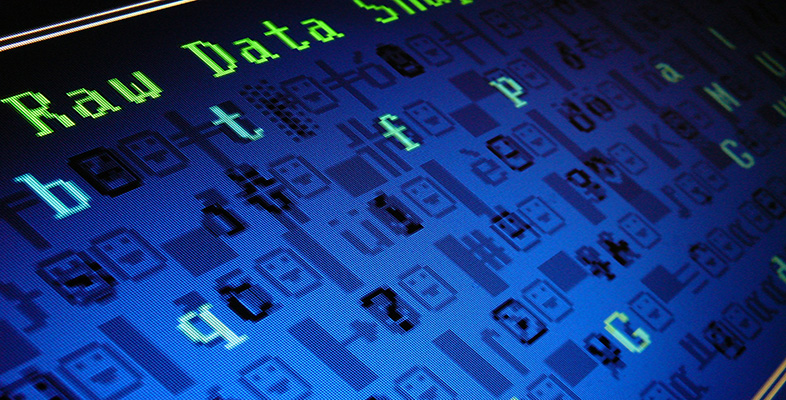7.2 Frameworks
A framework is a set of classes with well-defined interactions which are designed to solve specific problems. Frameworks are usually developed for a specific domain of application, say financial management or document preparation. They go some way towards a complete solution, but require some degree of customisation, usually through the creation of subclasses within the framework or by overriding operations. Coplien suggests:
A framework defines a subsystem or mechanism that is customizable. The subsystem design is encapsulated by a set of classes, though the implementation may only be partially defined. Framework abstract base classes leave some member function definitions to the application
(Coplien, 1995)
Many frameworks have been developed, and some are commercially available. For instance, the Smalltalk Model-View-Controller (MVC) is a well-known user interface framework, originally developed by Xerox PARC in the 1970s within the Smalltalk system. It was designed to support the creation of object-based, direct manipulation interfaces whose graphic interface widgets, such as windows, buttons and so on, could be reused in different applications. Many object-oriented languages today include libraries of reusable assets based on the same design principles of the Smalltalk MVC The Java Swing, a graphical user interface (GUI) library, is one such example.
One commonly encountered framework is called J2EE. J2EE is a trademark of Sun Microsystems Inc. In the literature it is also referred to as a component architecture, a reference architecture or a platform. It is a large collection of Java technologies and components that can be used to produce a wide variety of distributed information systems. J2EE has proved very successful and has become one of the most widely used frameworks for the development of client server applications. These are applications characterised by two distinct pieces of software: the client, which receives requests from the users of the systems, and the server, which processes such requests. Client and server are not usually co-located within the same computer, but distributed across a network. Web applications are well-known examples of client-server systems.
